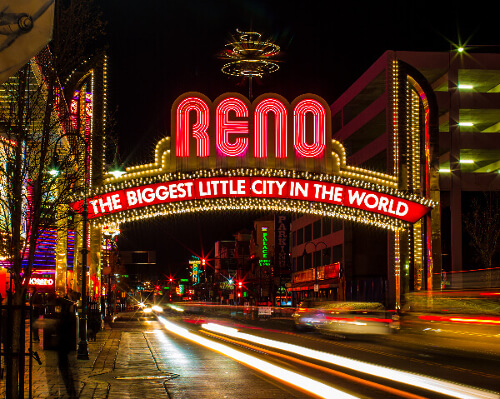Manufacturers of health and beauty products have succeeded with the direct-to-consumer (DTC) market for years. The higher-end price points of these products can seamlessly accommodate the fulfillment costs, including shipping.
However, manufacturers of products with lower prices—such as consumer packaged goods (CPG)—have had a more challenging time entering the DTC marketplace. Because of the cost of fulfillment, grocery products and similarly priced items haven’t always made the transition from shelf to shipping box quite so easily.
Yet, CPG manufacturers—as well as others who produce lower cost products—are finding creative ways to overcome the fulfillment cost barrier and make their products available to consumers eager to shop online vs. down the street.
To understand how CPG manufacturers are succeeding, let’s first take a closer look at the potential range of fulfillment costs you may encounter. And then, we’ll share one sure strategy to help manage them.
Know your fulfillment costs
The cost to ship your product to consumers is a critically important cost of fulfillment. So it’s only natural that it becomes a focal point for cost containment. But outbound shipping is just a starting point for the total cost of fulfillment. You’ll also pay additional fees for product packaging and handling.
Here is the typical, total cost of fulfillment—organized by shipping, packaging and handling services:
SHIPPING
- Outbound shipping: This is the most basic cost of getting a product from the fulfillment center to your customer’s front door. Shipping costs vary widely based on many variables—such as the speed of delivery required and distance to the customer.
- Inbound shipping and receiving: An often-overlooked shipping cost is delivering products from your manufacturing facility to the fulfillment center. This fee includes unloading and putting products on the fulfillment center’s shelves.
PACKAGING
- Packaging materials: This is the actual cost of the boxes and other materials used to ship your products. This fee may be rolled into the pick and pack fee.
- Shipping labels and order inserts: These are printing costs for materials that capture the details of your customer’s order—from the correct shipping address on the label to an accurate summary of the order that’s placed inside the package.
HANDLING
- Set up: What infrastructure will be required to efficiently fulfill your customer’s orders? This can include such things as software integration and staff training.
- Warehousing: Storing your products is charged by the space required and could be measured by the square foot or meter—or by the pallet.
- Pick and pack: Charged either hourly or on a per-item basis, this is the cost of your fulfillment center’s team to pull your products off the shelf and pack them for shipping.
- Other fees: There could be additional charges for work not included in the original fulfillment agreement or the costs to handle product returns (if the fulfillment center offers that capability). There may be overall account management fees as well.
Create your fulfillment cost strategy
Now that you know the different types of fulfillment costs, how can you build a strategy to better manage them, so you can successfully bring your CPG product to market in the DTC world? Let’s start by putting some sample fulfillment costs together, to establish a benchmark for rethinking our CPG product pricing model.
| Outbound Shipping | $4.50 – $6.50 |
| Packaging | $0.15 – $0.40 |
| Handling | $1.75 – $2.25 |
| Total Fulfillment Costs | $6.40 – $9.15 |
In this example, fulfillment costs for a typical CPG product—such as a $20 bottle of shampoo—range from $6.40 to $9.15. What consumer would want to pay over $9 in fulfillment costs for a $20 product? Now imagine if the product retails for even less, say $10 or even $5—but the fulfillment costs were essentially the same. How can you expect to generate any meaningful sales?
The challenge is clear: what can a CPG manufacturer do to justify the fulfillment costs and provide the value and online convenience that consumers demand?
What if that $20 single bottle of shampoo suddenly becomes a $50 value pack of three? The additional weight of the package won’t have a significant impact on shipping costs. But with the higher product price point, the fulfillment costs make more sense, you’ve opened a new market and are delivering your brand in a new and lucrative way.
Succeeding in the DTC world
A proven strategy to better manage the cost of fulfillment to the DTC market is adjusting the price points of CPG products by reconfiguring how they’re packaged—such as bundling products into variety or club packs, as shown in the example above. The right fulfillment center can work with you to explore the opportunity.
At TAGG, we help major CPG manufacturers with this strategy every day, so they can successfully deliver name brand products to their customers’ front door. The goal is align the fulfillment costs with the price point of the CPG product, to maximize value to the consumer and sales opportunities for the manufacturer.
While every solution is customized for the product and brand experience that consumers expect, they all have one thing in common: the TAGG commitment to deliver Your Business Everywhere™. Together, let’s create the best DTC solution for you.
To learn more, call 314-991-1900 or contact us online.

